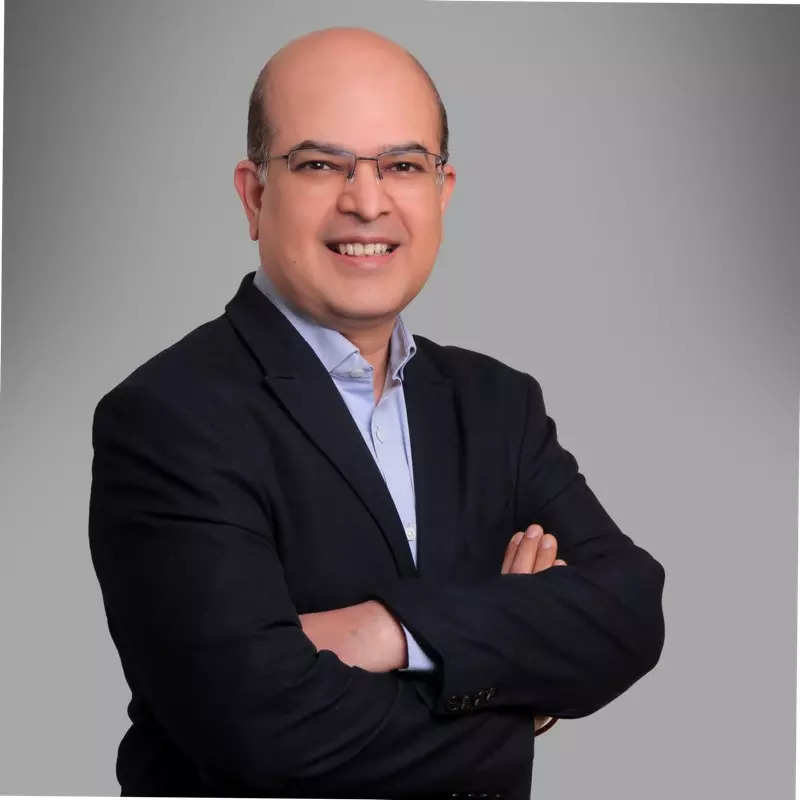
The excerpts:
Q. Where does Firefox Bikes stand in the Indian e-bike market?
A. Firefox Bikes was started in 2005 by two entrepreneurs Shivinder Singh and Pradeep Malhotra. They got into the high- end bikes business in India and later started Firefox. In 2016, Firefox was taken over by Hero cycles making it a professional. bigger setup. Things like the back-end got integrated. Now we have an ERP and all our dealers get a live view of their stock.
We are the first brand to start a D2C set up on our own website bringing professional warehousing logistics practices into Firefox. And these were some of the innovative things which Firefox initiated. Firefox was the first brand in the country for super premium bikes. Before Firefox, the Indian cycle market had only the black cycles which we call the Roadster. Our motto is to bring great bikes, which are a joy to ride, into India. And we really live by this statement. Firefox brings in global expertise, components and products. Hero cycles, being a pioneer, has a 70-year heritage, and at Firefox we understand the Indian consumers and market conditions.
With this understanding we create frames which are more suited to the physical stances of the people here. The geometry of the imported European frame is different. It is made for a consumer who’s taller, and for good roads. Most of the premium bikes that were coming to India were just lifted from the West.
In India people prefer a more comfortable, not aggressive, stance. Something as basic as the size of the saddle or the seat that we make in Firefox is different from that on international bikes. We make it that way because we know what the Indian consumers want.
Then there are the city bikes or hybrid bikes. They are very thin, lightweight bikes, which are used for city commuting. In the West, roads are well laid out. In our country, roads have a lot of speed breakers, potholes, etc. So, we are the first players to create city bikes with shock absorbers.
The Firefox bikes are of international quality and with international components, but tuned to India in terms of the frame, the shock absorber and the seat. We keep innovating and this has been the Firefox mantra. This has made Firefox a cult brand for premium cycles in India.
This brand has been created by users, our passion for products and our dealers. It is a very virtuous ecosystem. Our dealers are very passionate. They are also avid cyclists. Our dealers are not pure shopkeepers, they are deeply into cycling. In Firefox, we believe cycling is a community activity. We call it a tribe.
Q. What is the USP of your premium e-bike, the Urban Eco? What’s going to change? Will it bring new customers?
A. Electric bikes, e-cycles, are the biggest rage in Europe. Over 80% of the rides are between 5 and 10 km. For this commute a 4-wheeler is not needed. Two-wheelers, scooters and motorcycles, are great options, especially for people in the lower economic strata.
Firfox targets the people in the top segment who are also more environmentally conscious and follow a sustainable lifestyle. For small commutes most of them will shift from cars to e-cycles. It is sustainable and demands less effort.
The biggest USP of Urban Eco is that it doesn’t have a throttle, only a pedal assist mode. The range of the bicycle is determined by how much effort you put in and how much battery you take. It is a partnership kind of thing. If you say I’ll put in only 30% effort and pedalling 70% in battery, your range is less. If you put in 50% effort, the range is higher. In our test conditions, we have got a range of up to 90 km. People will not use that cycle for a 90-km ride. But we believe that it gives range. The biggest thing about Urban Eco is that it is a pedal assist bike, every component of which is made to European standards. It is called a C certification, which is for Europe. In terms of quality, assurance, the batteries, the longevity, the paint, everything is to European standards. The bike is absolutely top of the line. Secondly it is pedal assist, it gives a range of 90 km. This is a great way, we believe, for premium customers who want to use the bike for recreational purposes. Somebody who wants to take cycling as a habit can do that. Somebody who wants to go to an office nearby can do that.
We have seen the early adopters are mostly the younger generation who are tech-oriented. Urban Eco will be a premium offering to the customers who want to do a more sustainable recreational activity. And some of them will also go into proper commuting. And that’s where it is.
At Firefox, we’re very clear, we don’t want to get into the mass market for e-bikes, at least we will be the premium cycle brand. And we will go through our brand core: adventure, outdoor recreation, and fitness. These bikes will help people in these and also in commutes. In any way it will be a top of the segment market and that’s where Urban Eco is.
We are testing the waters to see how this works and we’ll bring in more and more premium bikes into the market. Mountain bike pedigree, which is very big, where people take these bikes off road, to the mountains. E-bike make a huge difference because they improve your efficiency. So we feel there’s a huge category.
Q. What is the current status of the e bike industry in India?
A. The e-bike industry in India is in a very nascent state. The leading brand is one of our group companies, Hero Lectro. It is the market leader. It captures this segment right from the commuter bikes to the cargo bikes to the mass end of the category. Firefox will be the top premium end of the market. So today the market is there primarily in the commute and the cargo segments which is where Hero Lectro is playing. And we believe we do have time for the premium end of the market as customers get exposed to this. Everybody who goes to Europe will see this bike. When they come back, they’ll start saying, why can’t I do this bike in India? We believe that -bike market will build up and we are seeing it already. There are a lot of inquiries for it.
Q. In Europe, road safety, the traffic and infrastructure are very different. They have separate cycle tracks, and everything is in place. So, where does the infrastructure, or lack of it, play a role in the cycle industry?
A. I think this is one of the biggest barriers to the cycling industry in India. It is the road conditions. But the good part is that the government is seized upon it. We are working closely with the government and the NITI Aayog. The smart cities now have dedicated cycle lanes. Awareness is growing. In Chennai, the current Chief Minister of Tamil Nadu, Stalin is a cyclist. Enforcement of the cycle lanes is very good in Chennai, we are seeing a lot of the small cities, municipalities, now becoming very conscious.
Though the current situation is not ideal, it is changing very rapidly. And the good part is that the central and the state governments are very positive on this, and they are actively driving this change. I’m sure in the next five to seven years, there will be an astronomical jump in cycling in India because of these initiatives.
Q. How did COVID affect the bike industry? Then it grew because more people went out for cycling and cycled a lot for small commutes. But how is it now?
A. From a consumer perspective, during COVID, people had discretionary time and there was discretionary spending. The discretionary time was probably from working from home. Traffic was less, roads were free and a lot of people took to cycling. Fitness conscious people, who did not want to go to confined gyms also took up cycling.
Discretionary spending because there was no traveling and this helped the cycle category grow during the past few years.
There was an impediment in terms of the supply chain because the parts/components were not produced in Taiwan or China. But later the supply started picking up. Hence for two years, growth was phenomenal for the cycle industry.
This year, when people began to get back to work k, the two discretionary things, time and money, stopped. We have seen a moderation in demand. Still there is growth and we believe this will continue. Year 2022 was one of moderation; but slowly things are coming back.
As a normal lifestyle begins, they will come back to the fitness regime. We are very happy about the grassroot level and the interest in cycling is sustainable, which we see in the organic traffic.
Post COVID,
for one year, there was moderation in demand. So probably now going forward from let’s say, February, March onwards, when actually the season starts kicking in, we believe that demand will slowly come back to normal.
Q. What is the market share that you are targeting this year, and in the next five years, like in the premium bike sector?
A. Today in the premium bike cycle market, what we call bicycles, which are priced at INR 20,000 and above, we don’t know a number because there’s no number or any of those tracking of this category. We believe we are the market leaders. We get anywhere between 30% to 35% of the search volume, so we believe our market share will be very similar to those levels in the premium segment.
We believe that in India, a strong trend of premiumization is happening. It is happening across categories. And it is happening in cycles also. People who want to buy normal cycles know what their cycles need to feel premium, they want to get better colours and better features. Now consumers demand feature-rich bikes. We believe that a mass premium category is emerging.
And a mass premium category, we will say, is of bikes from a price range of INR 7000-INR 8000 to say INR 15000. And in that also, Firefox will play only in the INR 10,000 to INR 15,000 range. We believe that’s a huge segment which we can work on. We launched a sub-brand called Bad Attitude last year. This is a very simple, single speed, or entry-level bike, made of steel. Whereas Firefox is made up of alloys. Therefore, we built a new sub-segment targeted to this mass premium segment.














